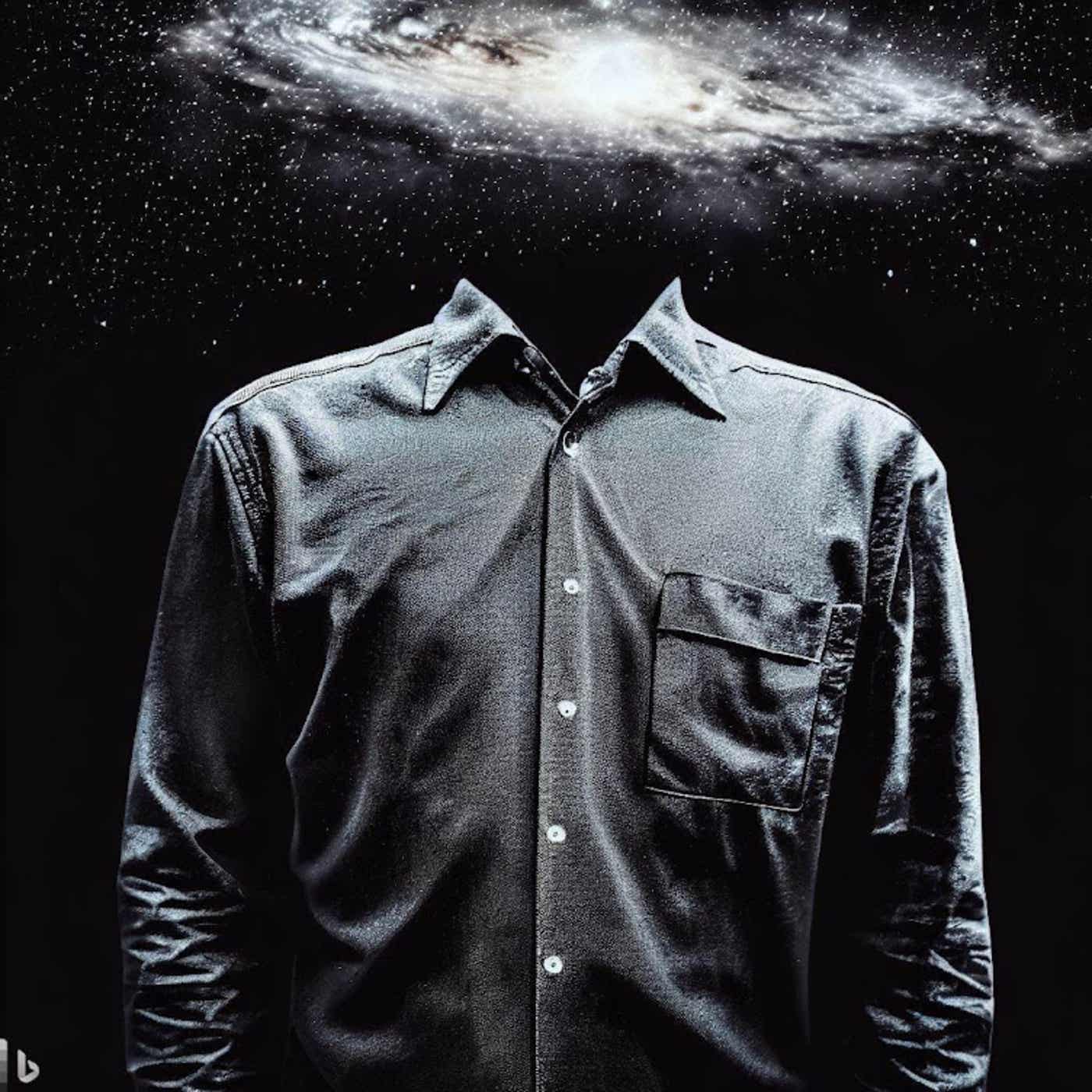Stephen Wolfram - On the Nature of Time
Description
In his article, On the Nature of Time, Stephen Wolfram describes the computational model he has for the universe and how that results in a new way to look at time. Wolfram is a physicist, computer scientist, author, inventor of Mathematica (software used by scientists and engineers) and Wolfram Alpha (the brains behind Siri) so he knows a thing or two about computation and physics. He has been spearheading a project called The Wolfram Physics Project where they have been building a model of the universe based on computation.
The way I think of this model is that there is what Wolfram calls “The Ruliad” which is the set of all possible rules for all possible universes, and then there is a huge dataset where every point of space exists and gets updated by running through the rules, or actually, running through all possible rules and then getting all possible points of space. We, as observers, are or course included in all that exists as well and we see our section of this process that is local to our section of space unfolding according to our section of all possible rules.
But what is time? In this article, Wolfram describes that as these rules unfold and are computed we see the “future” unfolding before our eyes as the next set of states for everything that exists. However, since our brains can only compute at a certain rate and that rate is much smaller than the rate of everything unfolding in the ruliad computations, we end up with summarized snapshots of the universe that unfold before us like a movie made of so many images per second instead of as a stream of countless bits of information.
Wolfram summarizes it as follows:
“In our everyday life we’re typically looking at scenes involving objects that are perhaps tens of meters away from us. And given the speed of light that means photons from these objects get to us in less than a microsecond. But it takes our brains milliseconds to register what we’ve seen. And this disparity of timescales is what leads us to view the world as consisting of a sequence of states of space at successive moments in time.
If our brains “ran” a million times faster (i.e. at the speed of digital electronics) we’d perceive photons arriving from different parts of a scene at different times, and we’d presumably no longer view the world in terms of overall states of space existing at successive times.”
So according to this theory, it seems that time is just what it feels like to see one snapshot after another in a certain sequence. We are starring in, and projecting the movie of our lives.
This is a public episode. If you would like to discuss this with other subscribers or get access to bonus episodes, visit headlessdeepdive.substack.com
More Episodes
Philosopher Bernardo Kastrup takes the “hard problem of consciousness” and completely turns it inside out. Kastrup’s PhD dissertation titled Analytic Idealism: A consciousness-only ontology, argues that consciousness is fundamental. Everything supposedly “material” (including our bodies and...
Published 11/11/24
Published 11/11/24
You know how in cartoons sometimes they show a dotted line from a person’s eyes to show what the person is looking at? It turns out, that we actually do something like that in our own heads to track what another person is looking at. This paying attention to how we and others around us are...
Published 11/04/24


